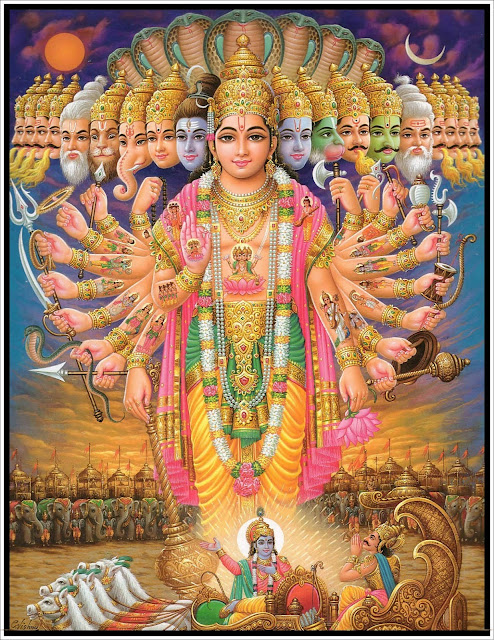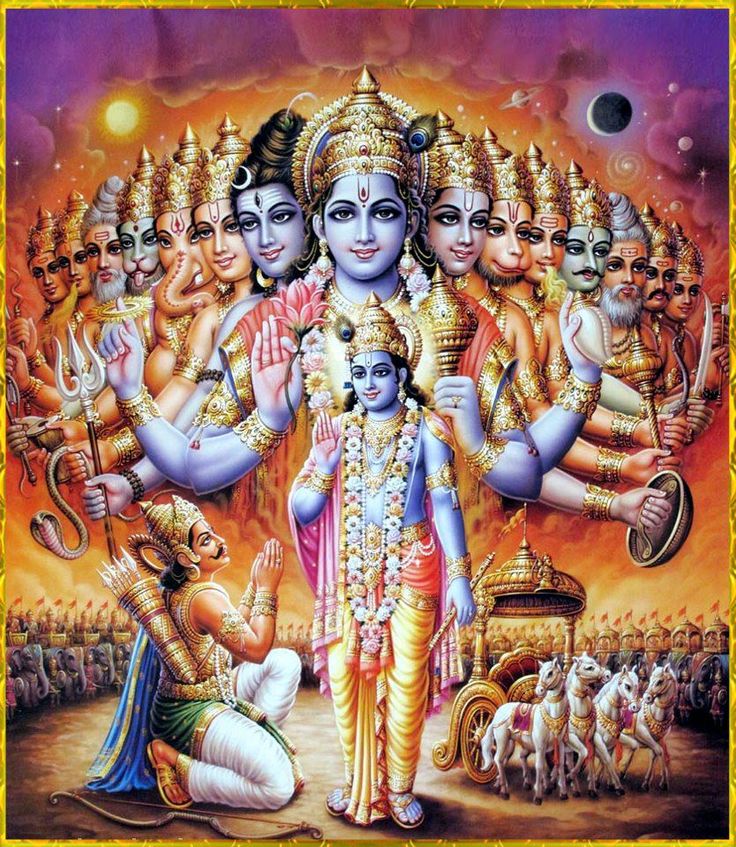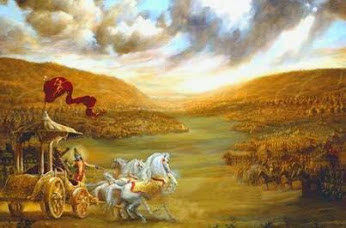Gita : Ch-13. Slo-6 & 7. Discussion-3.

Wednesday, December 28, 2016. Srimad Bhagavad-Gita : Chapter-13. ( Khetra-kshetrajna-vibhaga-yogam ) Slokam- 6&7. (6)- Mahabutaniahankarah bhuddhiraviyaktameva ca, Indriyani dasaikam ca panchendriyagocarah. mahabutani = five elements ( Akasam, vayu, agni, jalam, bhumi. ); ahankaram = false ego ( A sense of "karthrutva- bhoktyatva-abhimanam" ); bhuddhi avyaktam = intelligence, vasana; dhasa indriyani = ten indriyas; ekam = mind; pancha indriya gocarah = five indriya vishayas ( objects : form, sound, taste, smell, touch. ), thus, consisting of 24 tattva-s. (7)- iccha dveshah sukam dukham samkhatascetana drutih, etat kshetram samasena savikaramudahrutam. etat kshetram = this kshetram ( our body ); iccha dvesham sukam dukkam = desire, hatred, joy and sorrow; samkhatah cetana drutih = samkhatam, cetana, and druti; savikaram = thus 7 emotions; samasena udahrutam = brie






















